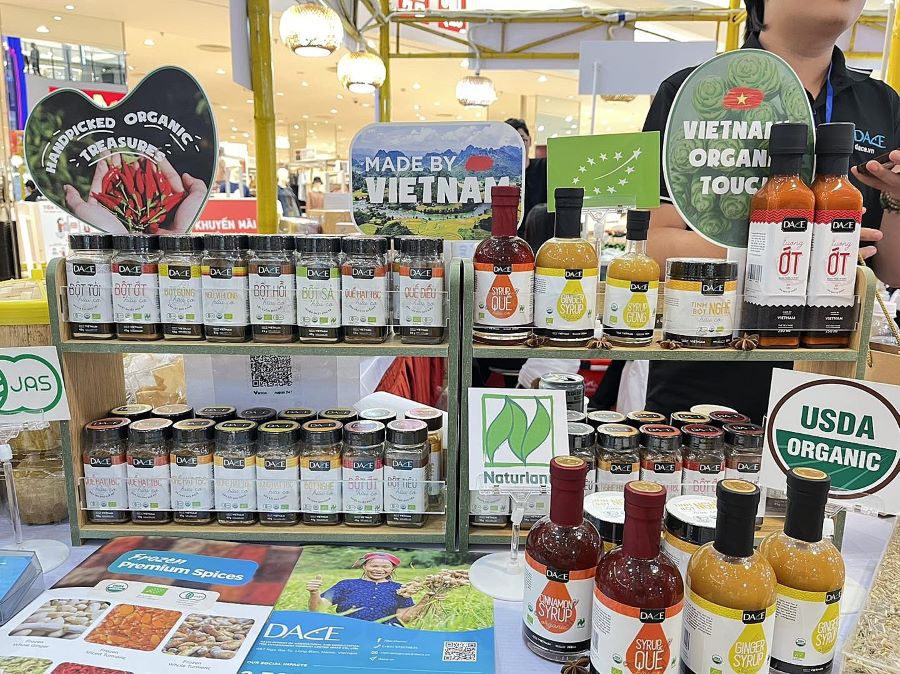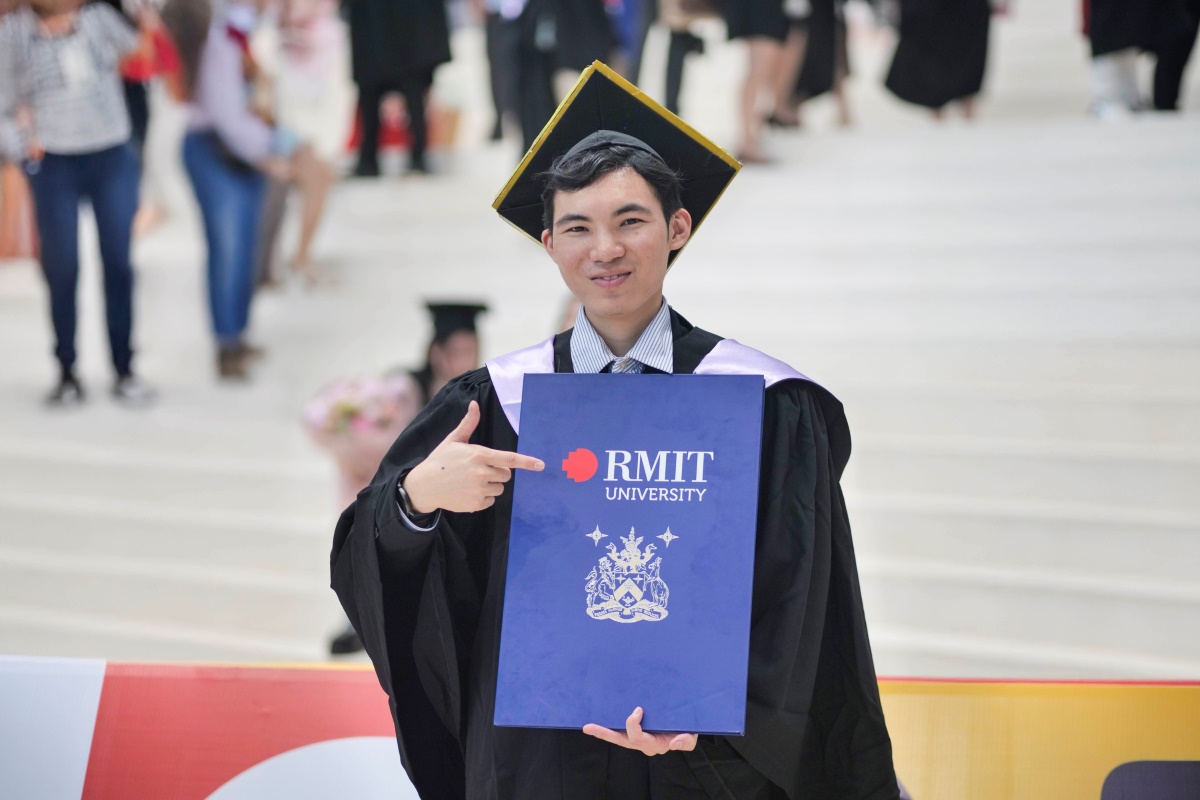According to Associate Professor Alonso, Vietnam boasts a wide range of VRIN resources that are embedded in industries, from chocolate to coffee and fashion. Simultaneously, creativity, innovation, adaptability, and entrepreneurial flair are core to the country’s values.
“Successful companies that consciously or unconsciously align with VRIN principles can enhance their competitiveness and achieve sustainable competitive advantage,” he said.
At the same time, consumer demand is shifting in Vietnam’s key export markets. High-quality, traceable, and eco-conscious products are in demand – presenting new opportunities for Vietnamese brands.
To capitalise on these trends, Associate Professor Alonso suggested several strategies: First, companies must communicate their value through realistic, relatable narratives and business approaches. Second, successful small businesses should be showcased as trailblazers of Vietnam’s evolving national competitiveness. Third, firms need to activate their resource potential in ways that align with VRIN.
“A balancing act must be considered, where the production of unique and VRIN-aligned products possesses a global appeal, has a constant supply and demand, and is complemented by personalised service,” Associate Professor Alonso noted.
Beyond resources: Support for innovation is needed
“Breakthrough from Innovation and Creativity” was the theme of this year’s National Branding Forum hosted by the Vietnam Trade Promotion Agency, with RMIT University Vietnam as the knowledge partner.
Innovation, in fact, has strong connections with VRIN and companies’ strategies that go beyond simple cost advantage notions.
“Innovative approaches ultimately help firms gain global recognition,” said RMIT Senior Lecturer of International Business Dr Oanh Vu. “Technology plays a decisive role in transforming VRIN resources into competitive products and services. However, our research shows that Vietnamese companies still face multiple challenges in adopting the necessary technologies for innovation.”







